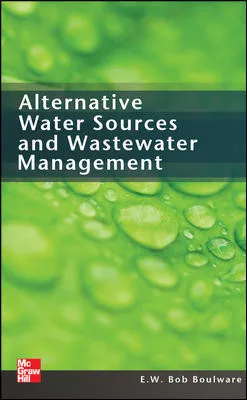Sizing Tankless Water Heaters
Incoming water temperature is an important, but frequently overlooked, variable in the sizing of a tankless water heater.
Ultimately, customer satisfaction with any type of water heater depends on proper sizing: making certain there is an adequate supply of hot water to meet not just one or two, but all the various needs of a given application - residential or commercial.
For either a storage water heater or a tankless water heater, the size of the water heater should be based on the amount of hot water needed during peak demand - normally during the morning hours.
For a storage water heater, peak demand is calculated in gallons per hour (gph), and the amount of storage required to meet this demand is determined accordingly.
Tankless water heaters, of course, maintain no storage. They are dependent on water flow rate, as well as Btu inputs and incoming water temperatures, so their outputs are listed as gallons per minute (gpm). The appropriate gpm capacity can be determined by adding together the flow rates of the various appliances and fixtures in use during peak demand.
Let's take a closer look at incoming water temperature. Tankless units are designed to raise the incoming water temperature to the set point of the thermostat control. In practical terms, the amount of hot water produced - that is, the flow rate in gpm - will vary up or down with incoming water temperatures. In other words, the higher the incoming temperature, the more hot water that can be produced. Likewise, lower incoming temperatures yield less hot water at the desired set temperature.
For example, with a temperature set point of 120 degrees F and 70-degree F incoming water, a water heater may produce 6.7 gpm of 120-degree F water.
The same water heater with the same set point will provide only 4.8 gpm when it must heat 50-degree F incoming water.
The bottom line? If the combined flow rates of all the hot-water appliances and fixtures in use during the peak-demand period exceeds 4.8 gpm, the home or business owner will likely be calling you to complain about not having enough hot water.
That's why any water heater - storage or tankless - must be sized to meet peak-demand requirements when the incoming water temperature is coldest. This variable is most critical in parts of the United States where incoming water temperatures fluctuate dramatically between winter and summer. Parts of the country where groundwater temperatures remain relatively constant year-round do not need to contend with this issue.
Properly sized, tankless equipment can offer a wide range of benefits and features to consumers:
Lower operating costs. Water heating can amount to upwards of 20 percent of a home's fuel costs. A tankless water heater operates only when there is actual demand for hot water. No fuel is consumed to maintain a stored supply of hot water throughout the day.
Small footprint. Because they are much smaller than storage water heaters, tankless models provide greater flexibility when choosing the water heater location. That can free up valuable floor space for other uses.
Endless supply of hot water. Properly sized, a tankless water heater will provide as much hot water as needed, as long as it is needed. No waiting for a cold storage tank to recover, following periods of heavy hot-water demand.
Electronic controls. Some tankless models feature thermostatic controls that allow the end user to set and achieve precise temperatures with no fluctuations.
Installation flexibility. Different tankless gas water heaters can be installed indoors or outdoors and may be vented horizontally or vertically. This flexibility means the water heaters can be placed close to the point of need, eliminating extended pipe runs.
Also, keep in mind a few other general differences regarding tankless equipment:
- Most of today's high-Btu-input, high-efficiency tankless water heaters require venting materials and/or sizes that are very different - and more costly - than the materials used by conventional, atmospheric-type, storage water heaters.
- Some tankless heaters may also need larger gas lines.
- Models with the highest available EFs (Energy Factors set by the Department of Energy) all require a 110-volt power supply.
Looking for a reprint of this article?
From high-res PDFs to custom plaques, order your copy today!





